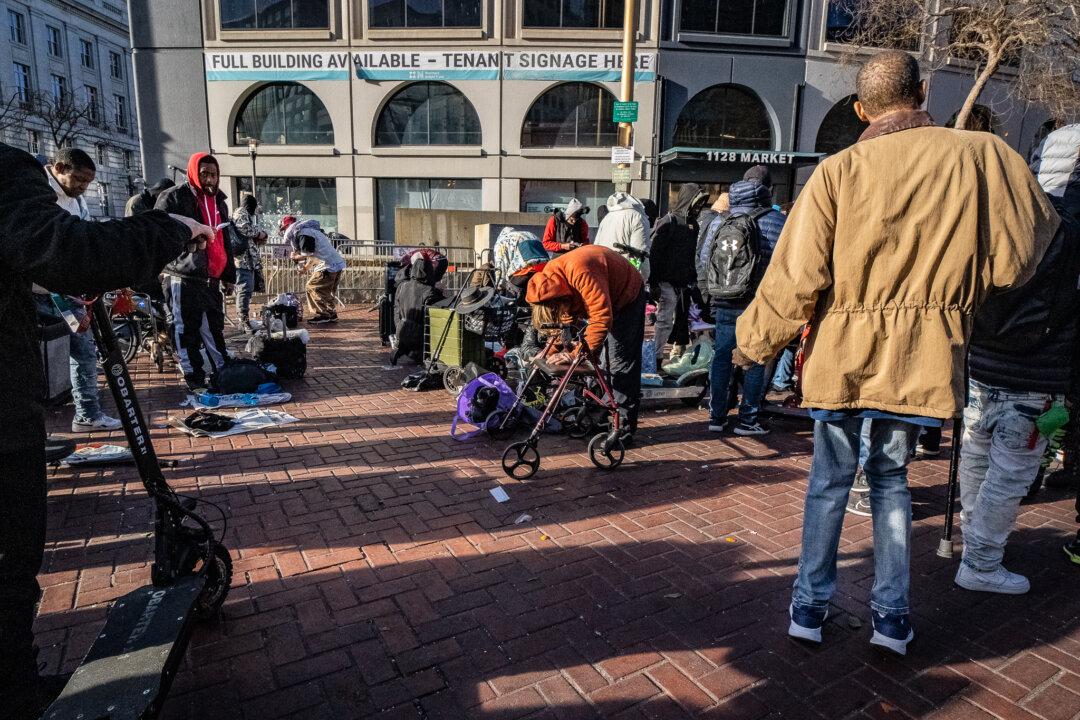As Los Angeles officials grapple with a growing homeless population and lack of supportive housing units, a new tiny home community will make its debut after Independence Day in the San Fernando Valley to service the unhoused. The village will have 76 units and 10 showers, housing up to 150 people.
Los Angeles Councilmembers Kevin De Leon and Bob Blumenfield spent the night in the Tarzana Tiny Home Village on West Topham Street on June 28 to commemorate its opening. Members of the media, including The Epoch Times, spent the night as well to get an insider view of what guests will experience when they move in July 5.





